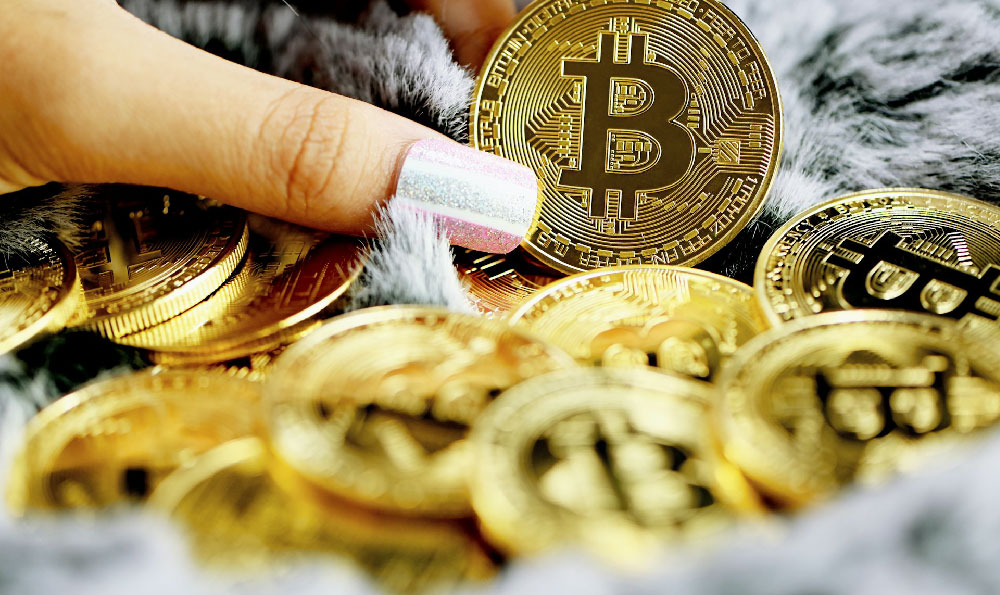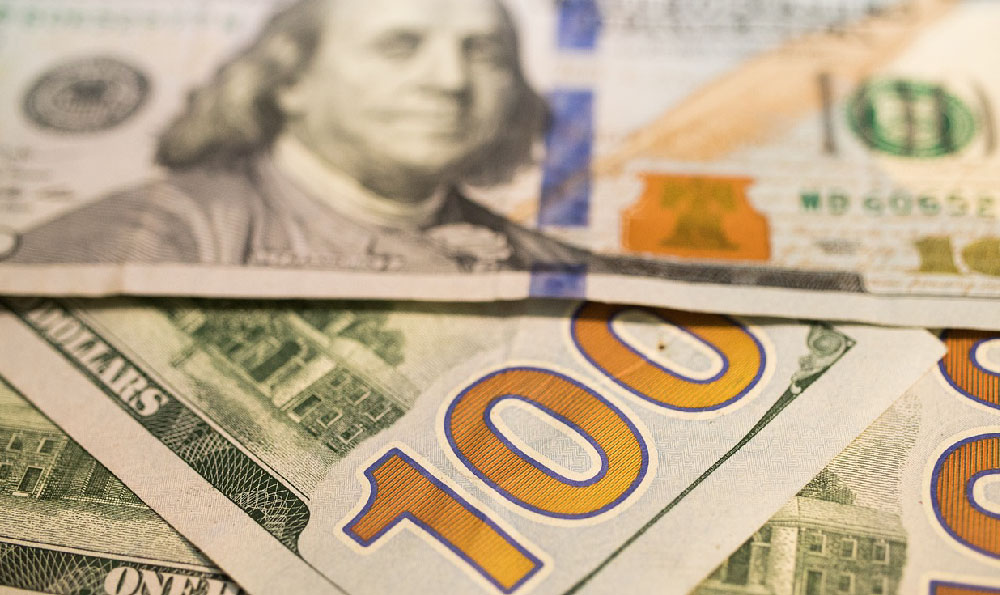Creating a money necklace isn't just about fashion; it's a symbolic gesture often associated with prosperity, luck, or even a playful display of wealth. While the finished product may seem simple, there are several techniques and considerations that can significantly impact the quality, durability, and overall aesthetic of your money necklace. Let's delve into the methods, materials, and creative approaches to crafting a money necklace that is both visually appealing and long-lasting.
Before diving into the techniques, it's crucial to address the ethical and practical aspects of using real currency. Defacing or destroying legal tender is illegal in many jurisdictions. While some countries have more lenient laws, it's essential to research and understand the regulations in your specific location. If you are concerned about legal ramifications, consider using replica currency, play money, or even currency from countries where it is legally permissible to use it for crafts. These alternatives offer the same visual effect without risking legal issues.
Once you've addressed the currency question, the next step is selecting the appropriate materials. The core components of a money necklace include the currency itself, a protective material (if desired), a stringing material, and clasps or closures.

For the stringing material, several options are available, each with its own strengths and weaknesses. Nylon cord, also known as Chinese knotting cord or macrame cord, is a popular choice due to its durability, availability in various colors, and resistance to stretching. Beading wire, also known as jewelry wire, is another strong option, especially when working with heavier elements or wanting a more refined look. Leather cord offers a rustic and natural aesthetic, but it requires more care as it can be susceptible to water damage and stretching. Finally, elastic cord is a convenient choice for creating stretch necklaces, but it may not be as durable as other options and can lose its elasticity over time.
Choosing the right technique depends largely on the desired aesthetic and the amount of time and effort you're willing to invest. Here are a few popular methods:
-
The Simple Fold and String Method: This is perhaps the easiest and most straightforward method. Each bill is carefully folded into a decorative shape, such as a fan or a diamond. A small hole is then punched through the folded bill, and the stringing material is threaded through the hole. While simple, this method can be fragile, as the paper is prone to tearing. Reinforcing the holes with tape or small metal eyelets can improve durability.
-
The Encased Method: This technique involves encapsulating each bill in a protective material, such as clear cellophane or laminate sheets. This not only protects the currency from damage but also allows for a more polished and professional look. The bills can be completely sealed in the material or simply covered on one or both sides. Once encased, holes can be punched and reinforced for stringing.
-
The Origami Method: This method involves folding the bills into intricate origami shapes. The complexity of the origami can range from simple cranes to elaborate flowers. This method requires a higher level of skill and patience but results in a visually stunning necklace. Because the origami structures can be delicate, it's often recommended to reinforce them with glue or varnish.
-
The Coin and Currency Combo: This technique incorporates both coins and bills into the necklace. Coins can be drilled (carefully!) and strung alongside the bills, creating a textured and visually interesting piece. Alternatively, coins can be attached to folded bills using glue or wire. This method adds weight and dimension to the necklace.
-
The Beaded Accent Method: This technique involves incorporating beads, charms, or other decorative elements between the currency pieces. This can add color, texture, and visual interest to the necklace. The beads can be chosen to complement the colors of the currency or to reflect a particular theme or style.
Regardless of the chosen technique, there are several tips that can improve the final product:
-
Precision is Key: Accurate and consistent folding or cutting is essential for a professional-looking necklace. Use a ruler, cutting mat, and sharp scissors or craft knife to ensure clean lines and uniform shapes.
-
Reinforce Weak Points: Paper is inherently fragile, so reinforcing any areas that are prone to tearing is crucial. Tape, glue, or metal eyelets can be used to reinforce holes or seams.
-
Use High-Quality Materials: Investing in high-quality stringing material, clasps, and protective materials will significantly improve the durability and longevity of the necklace.
-
Consider the Weight: A necklace made entirely of currency can become quite heavy, especially if coins are involved. Distribute the weight evenly and consider using a stronger stringing material to prevent breakage.
-
Seal the Deal: Applying a thin coat of clear varnish or sealant can protect the currency from moisture and UV damage. However, be sure to test the sealant on a scrap piece of currency first to ensure it doesn't cause any discoloration or damage.
Finally, remember that creativity is key. Don't be afraid to experiment with different folding techniques, material combinations, and decorative elements to create a money necklace that is truly unique and reflective of your personal style. A money necklace can be a fun and expressive craft project, but it's always advisable to be responsible, creative, and respectful of legal and ethical considerations.












